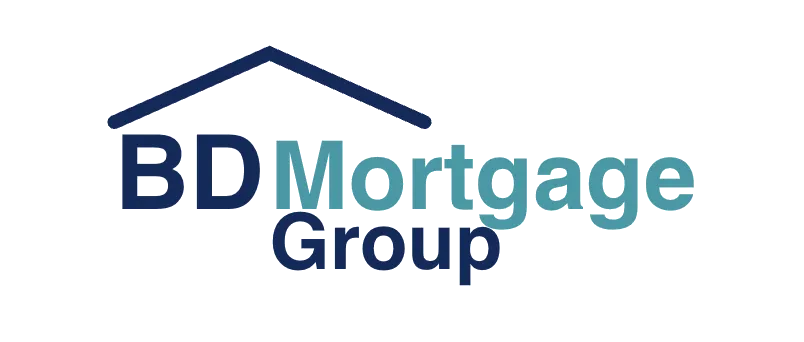Closing costs & fees
Depending on the program, costs may include:
- Appraisal or valuation fees
- Title search and recording
- Origination or annual fees
- Possible early closure or inactivity fees
We’ll walk through which fees apply to your scenario and how they compare to other options.

